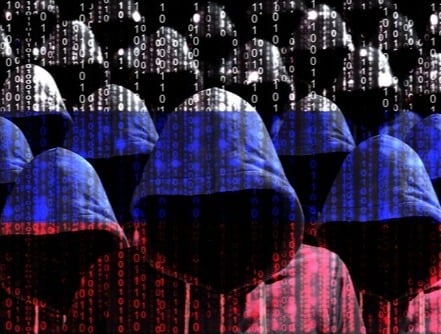Law enforcement agencies have made it clear to cybercriminals that they will not be safe hiding in their little virtual world from their real-world crimes—even if those crimes were committed years ago.
The United States Department of Justice (DOJ) announced it successfully seized more than $3.6 billion in stolen cryptocurrency linked to a 2016 hack of virtual currency exchange platform Bitfinex, making it the largest seizure of its kind.
The DOJ also arrested two individuals implicated in the crime, Ilya Lichtenstein and his wife Heather Morgan, who live in Manhattan, New York. The total amount of cryptocurrency the two were laundering is currently valued at approximately $4.5 billion.
Deputy Attorney General Lisa Monaco spoke on the seizure and arrests:
"Today's arrests, and the department's largest financial seizure ever, show that cryptocurrency is not a safe haven for criminals. In a futile effort to maintain digital anonymity, the defendants laundered stolen funds through a labyrinth of cryptocurrency transactions. Thanks to the meticulous work of law enforcement, the department once again showed how it can and will follow the money, no matter what form it takes," Monaco said.
How do you steal $4 billion in crypto?
Lichtenstein and Morgan allegedly operated a highly complex crypto laundering scheme. Court documents say the two laundered the proceeds of 119,754 Bitcoin that was stolen from Bitfinex after a breach in its system initiated over 2,000 unauthorized transactions. Those transactions were then sent to a digital wallet under Lichtenstein's control.
The DOJ explains what happened next:
"Over the last five years, approximately 25,000 of those stolen Bitcoin were transferred out of Lichtenstein's wallet via a complicated money laundering process that ended with some of the stolen funds being deposited into financial accounts controlled by Lichtenstein and Morgan. The remainder of the stolen funds, comprising more than 94,000 bitcoin, remained in the wallet used to receive and store the illegal proceeds from the hack."
The DOJ further explains their complicated laundering process:
"The criminal complaint alleges that Lichtenstein and Morgan employed numerous sophisticated laundering techniques, including using fictitious identities to set up online accounts; utilizing computer programs to automate transactions, a laundering technique that allows for many transactions to take place in a short period of time; depositing the stolen funds into accounts at a variety of virtual currency exchanges and darknet markets and then withdrawing the funds, which obfuscates the trail of the transaction history by breaking up the fund flow; converting bitcoin to other forms of virtual currency, including anonymity-enhanced virtual currency (AEC), in a practice known as 'chain hopping'; and using U.S.-based business accounts to legitimize their banking activity."
But how did they get caught?
Special agents were able to obtain access to files within an online account controlled by Lichtenstein after executing a court-authorized search warrant. The files held private keys required to access the digital wallet that received the stolen Bitfinex funds, allowing the special agents to seize over 94,000 Bitcoin valued at approximately $3.6 billion.
Assistant Attorney General Kenneth A. Polite Jr. of the Justice Department's Criminal Division commented on the efforts of the agency:
"Today, federal law enforcement demonstrates once again that we can follow money through the blockchain, and that we will not allow cryptocurrency to be a safe haven for money laundering or a zone of lawlessness within our financial system. The arrests today show that we will take a firm stand against those who allegedly try to use virtual currencies for criminal purposes."
The crypto Bonnie and Clyde are charged with conspiracy to commit money laundering, which carries a maximum sentence of 20 years in prison, and conspiracy to defraud the United States, which carries a maximum sentence of five years in prison.
For more information on this blockbuster seizure, see the statement from the Department of Justice.





